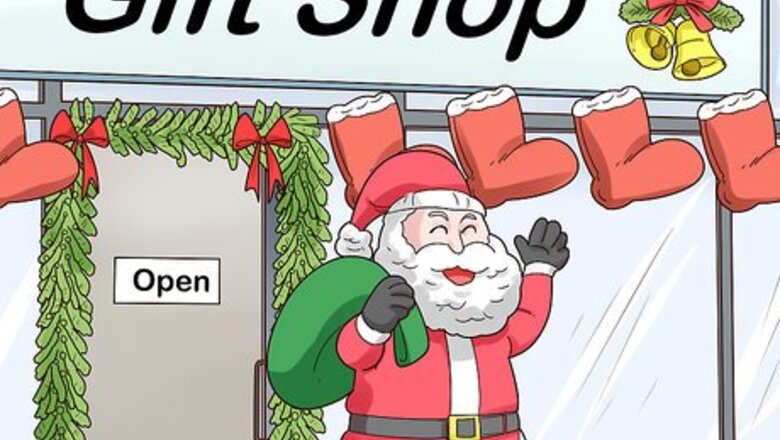
views
Developing a Gift-Shop Concept

Decide on a style for your gift shop. Gift shops typically have a specific focus, in order to be able to advertise effectively and draw in customers interested in a specific niche. Part of the pleasure of owning a gift shop is that you can use your own passions and interests to determine the style of your shop. For example, the theme of your gift shop could be: Christmas- or holiday-themed. Designed around vintage toys or antiques. Oriented towards funny or gag gifts.
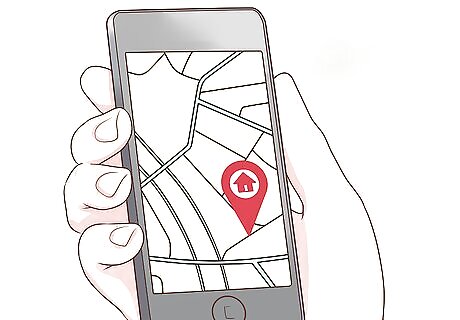
Choose a location. The location of your shop is crucial; gift shops located in tourist-heavy regions of a town or city tend to thrive. Look for a location in a well-populated part of town, with a lot of foot traffic. Gift shops attract a lot of walk-in clients. You can then tailor your inventory and retail price to the neighborhood or town you're set up in. For example, residents of a more upscale or trendy part of town will be willing to pay more for items that are part of a popular fad.

Learn from other gift shops. Visit successful gift shops in your area, in order to see their inventory variety and display style, and observe how they structure their business. Jot down notes on information such as their business hours, location(s), merchandise and items, and services. If you can, start up a conversation with one of the shop owners. Ask them pertinent questions like: "How much money does the average customer spend?" "What in-store services do customers most appreciate?" "What age and gender demographics are customers most likely to fall into?"
Finding and Managing Inventory

Find reliable inventory sources. Certainly some (or even the majority) of your inventory can be purchased from gift-specific wholesale companies, but there are other sources to pursue also. Visit local craft, art, or trade fairs, and look online on Etsy (or similar websites). In order to have a well-stocked gift shop that appeals to a variety of customers, you'll probably need to obtain inventory from more than one source.
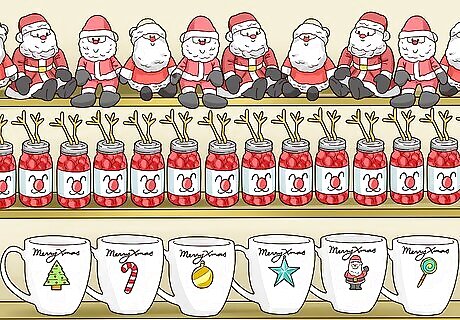
Stock up on inventory. Look for an appropriate range of inventory within your niche, and acquire enough to fill all of your shelf and display space. Keep in mind that customers may come in looking for a certain type of item, but find that gifts from a different section catch their eye. So, even if you plan to sell primarily picture frames and wall art, still plan to stock other sections. That said, avoid pigeonholing your inventory. Most gift shops that sell exclusively to one niche or one type of client don't last long.
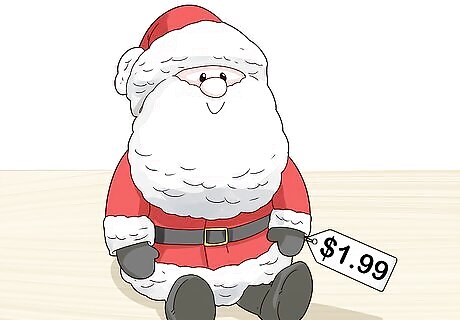
Mark inventory prices up on popular items. Nearly all gift shops will purchase their inventory wholesale and then mark up the inventory prices. You'll need to pay attention to which items are popular with customers and which items are sitting on the shelves, and mark prices up and down accordingly. For example, if you're located in an area frequented by tourists, they may be willing to pay 50% more for an item than a local would.
Running the Gift Shop
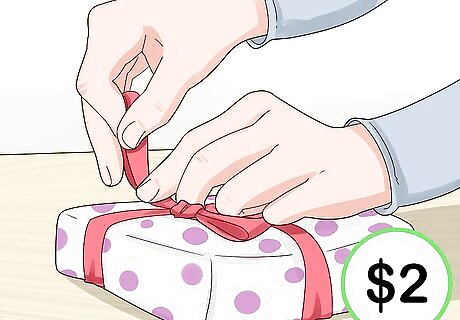
Offer additional services that appeal to customers. It can be tough to keep a gift shop afloat financially. Once way to increase your profits and bring in additional customers is to offer services beyond gift-item sales. For each service offered, you can charge customers a small fee. Be flexible about the fee structure: if customers turn down a service due to the expense, lower the cost. You could offer gift-wrap services, and charge a small fee (say, $2 USD) per item wrapped. The shop could also offer to customize certain pieces by engraving a monogram on them. The fee for this could be larger, perhaps $10 USD. The gift shop could also offer monthly community classes, charging $20 USD to participate. For example, hands-on classes could focus on making various crafts which could be used as personalized gifts.
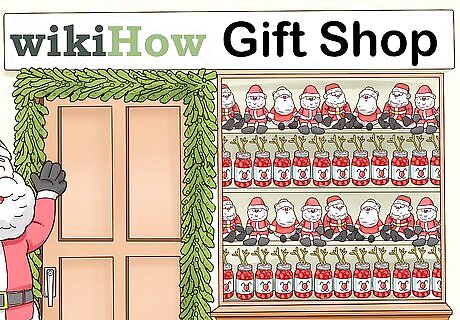
Set up your displays to attract customers. Since many of your customers will be walking in from the street, make sure that the displays in your windows, or items placed on the sidewalk in front of your shop, are appealing. Set up seasonally-appropriate displays with a visual flair that will indicate what’s currently in your inventory. Displays inside of the store should also be visually appealing. Avoid having a cluttered store, and organize inventory in clear categories: books, decorations, holiday-themed gifts, etc. Maximize the amount of merchandise you can display by investing in shelving and cabinetry. This will also allow your customers to peruse a larger amount of inventory than they’d have access to otherwise.
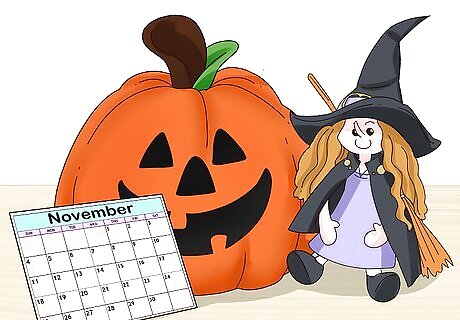
Put items on sale seasonally. Sales are a great way to draw in customers and acquaint them with parts of your inventory they may not have purchased from before. Theme sales around specific holidays or seasons. For example, put patriotic and flag-inspired paraphernalia on sale in late July, once the Fourth of July rush has passed. Pumpkin- and witch-themed gift ideas should be on sale in early November, right after Halloween has ended. Alternately, if you feel that one section of the gift shop is being overlooked, attract customers by placing items on sale.

Bookkeep the financial expenditures and income of your shop. Keep track of your business finances, including financial assets, loans (and loan payments), monthly rent payments, and income from sales. As a small business owner, you'll be responsible for keeping track of tax deductible expenses, and paying taxes every year.

Decide if you need to hire additional workers. When you first open the gift shop, you'll be on a tight budget and won't have money to hire help. After several months or a year, though, if your shop is financially stable enough, start thinking about bringing in additional help. Think back to the gift shops that you visited. Were most gift shops run by the owners themselves? If not, how many employees worked at the shop?













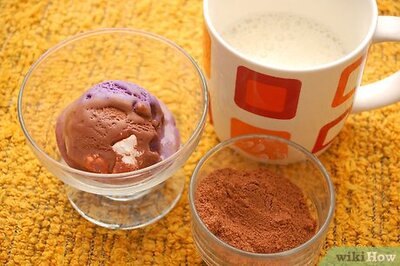



Comments
0 comment